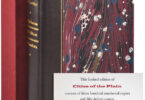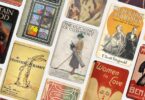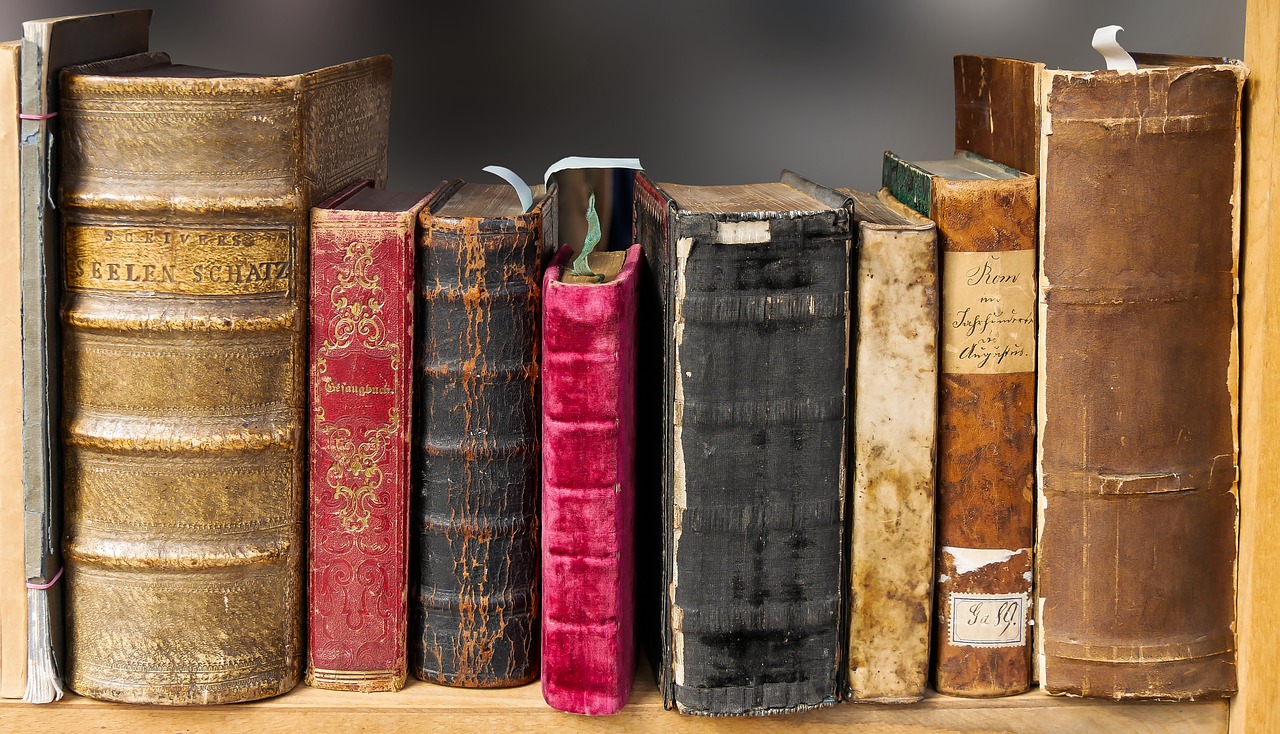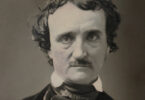
"A Glad Day" by William Blake, 1794; from A BIBLIOGRAPHY OF WILLIAM BLAKE by Geoffrey Keynes, offered on Biblio.com by William Reese Company
Tyger, Tyger burning bright
In the forest of the night,
What immortal hand or eye
Could frame thy fearful symmetry?
-verse one from The Tyger, by William Blake
William Blake (1757-1827) is one of the most famous English poets, painters, and print-makers of the Romantic Age.
Blake was an imaginative man, and experienced visions of angels and other holy, supernatural forces from his childhood until his very hour of death. While being associated with the intellectual circle of his native London, his fantastical beliefs often caused him to be labeled an eccentric or simply insane. Although he had patrons over the course of his life and produced a vast bibliography of works, Blake did not experience commercial success during his lifetime, and his wife had to borrow money for his funeral.
As a small child, Blake learned to read and write at home, and worked to engrave drawings of Greek antiquities purchased for him by his father. This method of engraving was then preferred to actual drawing, and it exposed young Williams to classical forms through the works of Raphael, Michelangelo, and Dürer. For a small amount of time, he was sent to the drawing school of Henry Par.
Blake entered the apprenticeship of Basire at the age of 14. Basire sent his apprentice to copy images from Westminster Abbey and other Gothic churches of London, and this project helped to form his artistic style and spiritual ideas. At the age of 21, Blake set out to make his own trade as an engraver.
Catherine Boucher married William Blake in 1782. Catherine was illiterate, but her new husband not only taught her to read and write, but trained her as an engraver. She became an invaluable assistant to him and aided him in printing his illuminated works. In fact, Catherine and William published a book of Blake’s poems and drawings together called Songs of Innocence. Blake engraved the words and pictures on copper plates, while Catherine colored the plates and bound the books by hand.
It was at this time that Blake began to use the method of relief etching to produce most of most famous illuminated paintings, books and poems. Over the following years he accepted only commissioned works that suited his ideals, as the drudgery of simply working for financial gain seemed to make him miserable.
Blake’s rather revolutionary ideas caused him to have regular trouble with authority, but it was most serious in 1803, when he was put on trial for sedition. During a physical confrontation with a drunken soldier, Blake was claimed to have said “Damn the king. The soldiers are all slaves.” These charges were later cleared.
Blake was commissioned to illustrate Dante’s Divine Comedy in 1826. Only seven of the engravings and a handful of watercolors were completed before Blake’s death in 1827, but they are lauded as some of his best work.
He even worked on the series on the very day of his death, and died with his beloved Catherine at his bedside.
William Blake died on August 12, 1827, and was buried in an unmarked grave at Bunhill Fields, London.
Unfortunately, on Catherine’s death in 1831, Blake’s manuscripts were inherited by a fundamentalist Irvingite named Frederick Tatham, who burned several works that he deemed blasphemous or politically radical.
Collection of Blake’s works:
Poetical Sketches (1783)
There is No Natural Religion (1788)
All Religions Are One (1788)
Songs of Innocence (1789)
Book of Thel (1789)
Original Stories from Real Life (1788 – 1791) by Mary Wollstonecraft, illustrations by Blake
The French Revolution: A Poem in Seven Books (1791)
A Song of Liberty (1792)
The Marriage of Heaven and Hell (1793)
Visions of the Daughters of Albion (1793)
America, A Prophecy (1793)
Songs of Experience (1794)
Songs of Innocence and of Experience (1794)
Europe, a Prophecy (1794)
The Book of Urizen (1794)
The Song of Los (1794)
The Book of Ahania (1795)
The Book of Los (1795)
Night Thoughts (1797) (illustrations)
Milton (1804)
Grave (1808)
Everlasting Gospel (1818)
Jerusalem (1820)
The Ghost of Abel (1822)
Dante’s Divine Comedy (1825) (illustrations)
Illustrations to the Book of Job (1826)









Very interesting writing, Amber. I was struck by the last statement about Frederick Tatham. Many people don’t realize that censorship is detrimental to everyone – even to those it is supposed to protect – because it distorts facts and prevents us from developing informed opinions. 🙂
@Connie: Honestly, I didn’t realize about the censorship of Blake until I did the research for this piece. It made tears come to my eyes, knowing that there were works lost to time that were deemed unacceptable by ONE MAN.
Thanks for sharing your thoughts!
Congratulations on having one of the most sophisticated blogs I’ve arrived across in some time! It’s just incredible how a lot you can take away from a little something simply because of how visually beautiful it is. You’ve put collectively a excellent weblog space –great graphics, videos, layout. This is absolutely a must-see blog!
I liked your article is an interesting technology
thanks to google I found you
You have really interesting blog, keep up posting such informative posts!
very interesting article! I will follow your themes.
Can I subscribe to your posts on Twitter or on your Facebook profile?